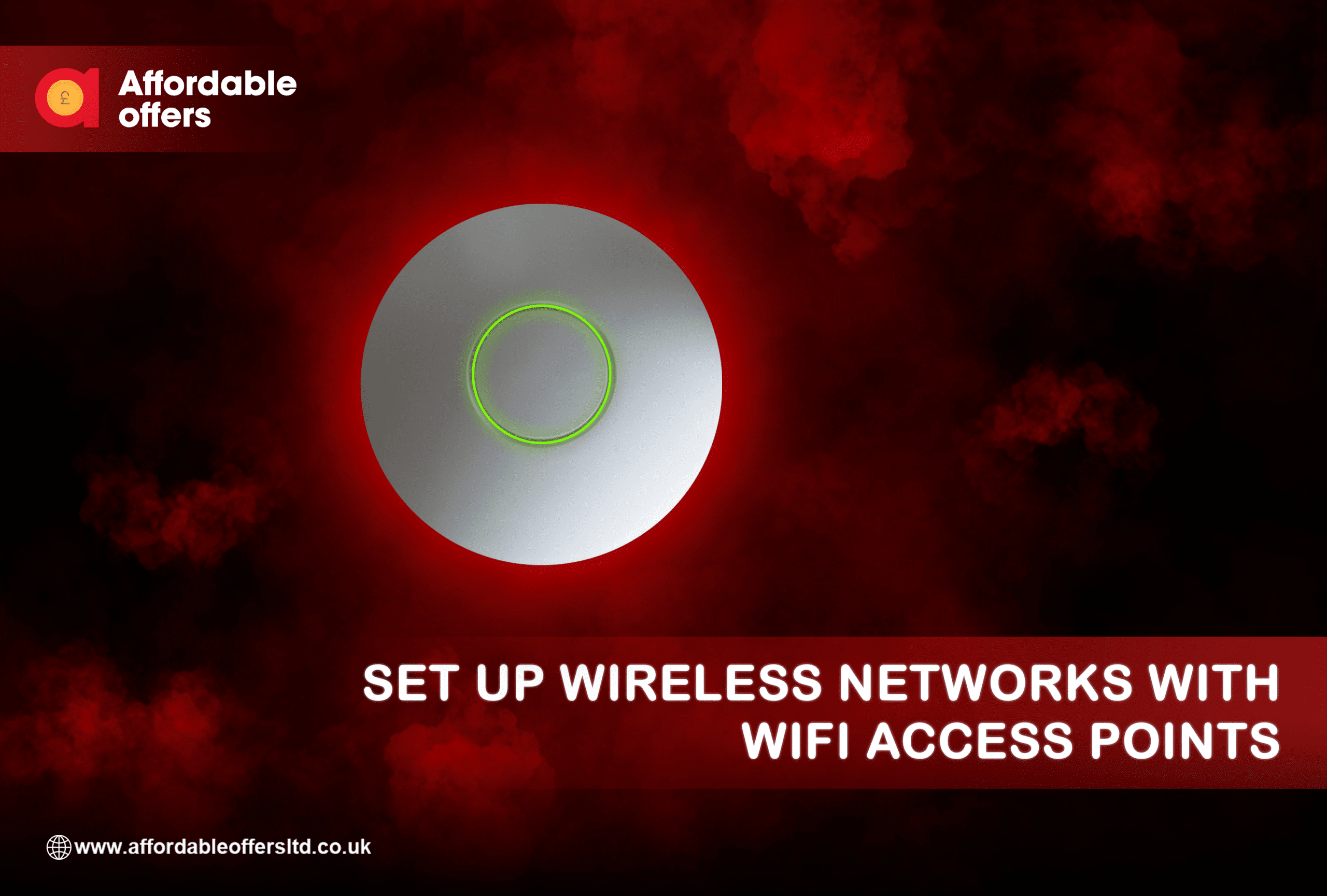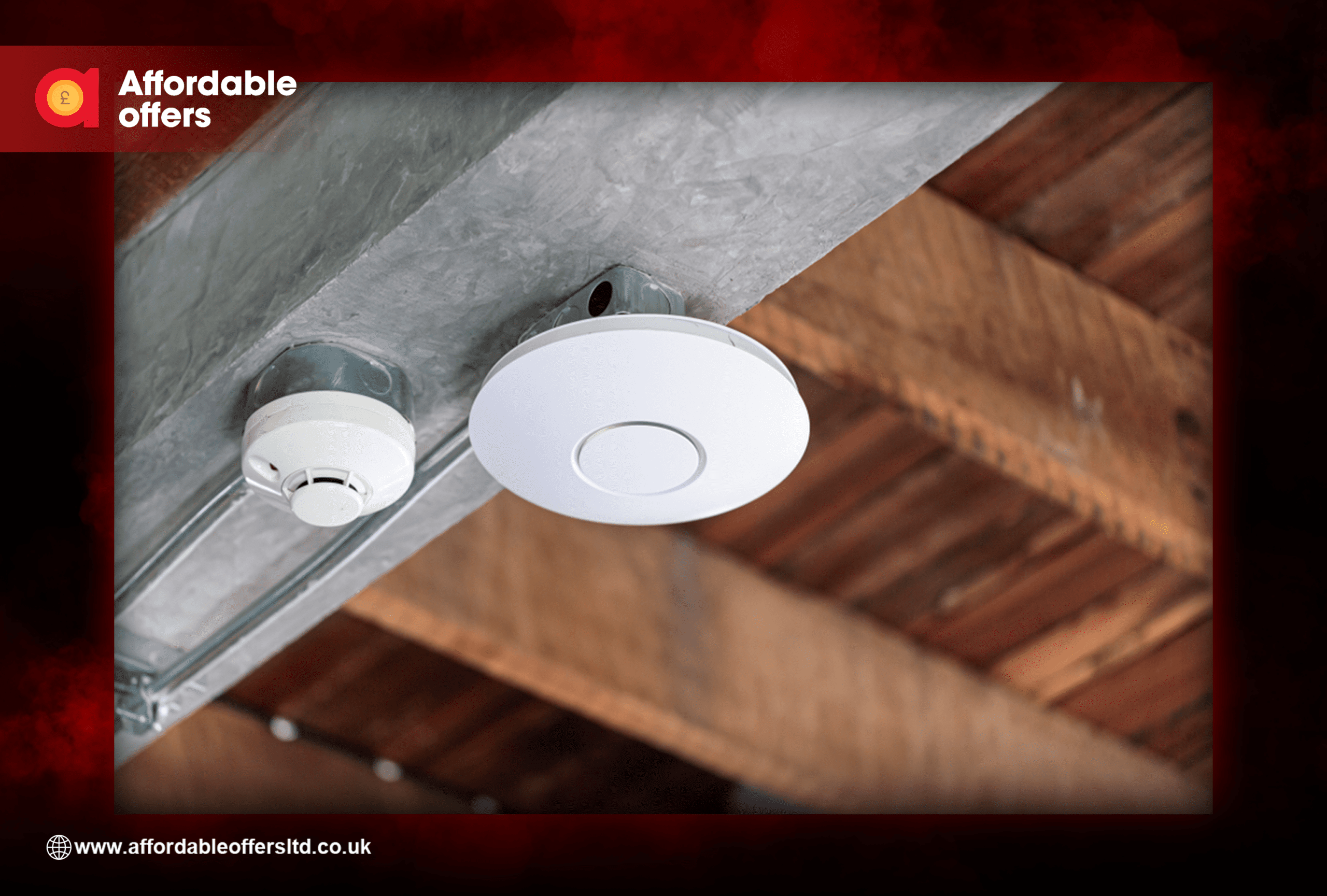
Setting Up Wireless Networks With a WiFi Access Point
If you are like most people today, you probably do not know how to make a wifi access point for your home. You might think that setting up a WiFi access point is extremely complicated and that you should leave it to the professionals if you want to stay in touch with family and friends. Nothing could be further from the truth. Learning how to make a wifi access point for home is actually very simple and can be done by just about anyone with even just a basic knowledge of electronics.
The first thing that you will need in order to begin learning how to make a wifi access point for home is a good Antenna Scanner. Just try to keep in mind all of the places in your house where wireless web connection takes forever to go through and also where wireless video always buffer and slow down. For instance, your home computer may only support a standard 2.4 GHz support. To remedy this issue, you simply have to adjust the settings on your Antenna Scanner so that it supports a dual-band frequency.
The next thing you will need in order to learn how to create a wifi access point for home is a Wireless LAN card. A wireless LAN card is an excellent way to quickly create your own wifi network without having to configure everything separately. Simply put, your wifi access point will act as the hub to which your other wireless devices will connect. Setting up a wireless LAN card is pretty easy. It is actually recommended that you purchase a pre-built wireless LAN card and just install it into your computer.
Once you have your card installed and configured on your computer, the next thing you need is to find a nice spot in your house or office to create your first wifi access point. The reason why you are setting up your first wireless access point is so that you can quickly move around and do things in various parts of the room. Remember that each of your WIFI access points should be at least 20 feet away from each other. Also, be sure to create at least one access point in each room. This will allow you to use the card in the manner most convenient to you.
If you have already purchased a pre-configured and ready-to-go wireless LAN card, then it’s time to configure it with the necessary settings. Simply click “interface” and follow the wizard’s instructions to create your very own wifi access points. Depending on your card model, some of the required fields will be automatically filled in for you. If your card doesn’t have these pre-filled areas, fill in the ones that you know you need.
If you have decided to set up an access point outside the home, the process is pretty much the same as that for inside the house. Again, make sure you pick a place with a flat surface. After all, you want to position your wireless network router somewhere that can receive an optimal amount of signal. Once your access point has been properly set up, follow the step below to connect it to your home’s existing wiring. Then, follow the next few steps to connect your new wireless network router to the other devices that you have added to your home’s wireless network.
If you have set up your wireless LAN card in a large area such as an apartment building, a townhome, or an office building, you may need to secure the area. How you go about securing the area varies by wireless network router you have chosen. Usually, the security you need will come with the access point itself. So if you have an unifi mesh networking router, then you can secure your large area in a number of different ways.
Usually, you can install some sort of barrier between the wireless router and the individual wireless access points. For example, you could install some type of fence, or put in some type of dead-man switch. If you don’t want to do this, then just remember that you should never share the connection between your laptops, desktops, printers, modems, or any other devices with anyone who isn’t an authorized user. That is the only way you can prevent unauthorized access.

Creating Your Own Home Wireless Network Using A Wifi Access Point
The popularity of Wi-Fi is at an all-time high and so are the devices that are capable of supporting the technology. There are now WiFi-enabled desktops and laptops, wireless printers and scanners, wireless cameras, GPS/RFID readers, and wireless speakers that all work with the latest version of the software, which is WPA 2. What’s more, there are now many different brands of these devices available, including Linksys, D-Link, Netgear, and Samsung.
There are so many things that you will want to know about using a WiFi connection at home, but you don’t want to overload yourself with information. This article should help you learn how to create an access point for wifi in your home, what this type of device is, and how it can benefit you. When you’re done reading this article, you’ll be ready to go!
To answer the question above – how to create an access point for wifi in your house, first you must know where to find the best available spot for your device. Many people make the mistake of laying down wires in their walls when building a house; however, this isn’t the best option.
The reason why it isn’t the best option is that most houses are not even built with a standard size electrical outlet. Trying to install a standard-sized outlet in your walls when you don’t have a lot of room can be an extremely challenging task. Therefore, just try to keep in mind all the locations in your house where wireless internet takes ages to connect and also where video streams always buffer.
The next step in how to create an access point for wifi in your house is to buy a router. These devices work in a very similar fashion as wireless phones used to work; you just put them on each other’s radio band. The difference is that routers now come in two types: wireless-accomplished (WAP) and wireless-attached (WAA). A wireless-accomplished router requires another device that acts as a gateway (also called a modem) in order to function. This type of router is often recommended for multiple computers that share the same network.
Another type of router is the wireless-attached (WAA) router. These units do not need another device to act as a modem or a gateway. They are designed to provide fast wireless internet services to single computers. However, they often experience problems with different wireless network devices such as tablets, laptops, netbooks, and older model desktops. Furthermore, this type of wifi access point is usually most effective for larger buildings.
There are also third-party manufacturers who make different sized wifi access points, ranging from small to large, and offering different configurations. These may be connected to an existing network or they can be used as stand-alone units. The larger the unit, the more bandwidth it has and the faster the connection will be.
The next thing you should consider is how you will use your wifi access point. For instance, if you are just using your home wireless network for messaging, email, and browsing the web, then you don’t need the most powerful wifi access point you can find. On the other hand, if you want to install software on your computer or use a specific wireless application that utilizes a wifi signal for operation, then you will want to invest in the best hardware and software you can afford. In addition, the speed of your wifi signal will depend on the signal interference you have in your area. Fortunately, most homes already have a nice range of wifi signal coverage.
If you plan on installing your own wifi equipment, one option you can explore is an ethernet crossover. Many wireless providers offer these devices at very affordable rates, including the purchase price. These devices work by “surfing” the existing wifi signals and establishing a connection with them. If there are no wifi networks available through your existing cable company, then these devices will detect them and establish a connection with them. The most popular types of wifi crossover routers are those that utilize the SFP type of technology, which is based on an SFP block and works great for homes with multiple users.
Creating your own wifi access point can be a relatively inexpensive endeavor. There are several kits available, including ones that incorporate the use of an Ethernet cable and SFP modules. Another popular option is a building-to-building wireless network that utilizes WAP. These allow you to create a primary access point in the building and then create a secondary, and tertiary access points wherever necessary. These wireless networks create a flexible and convenient solution for many situations.
